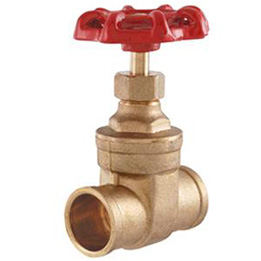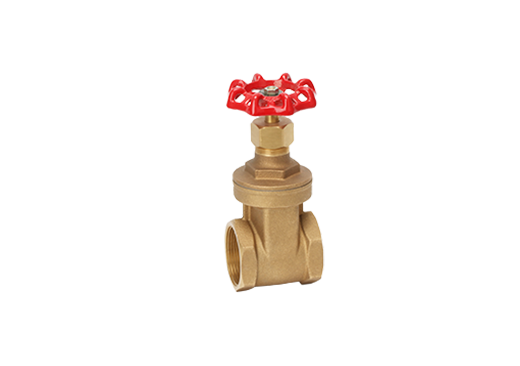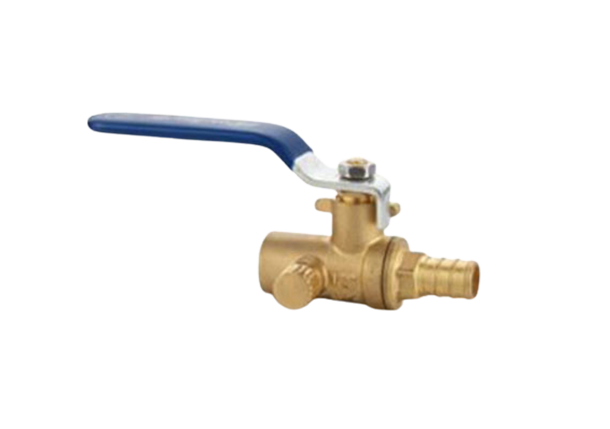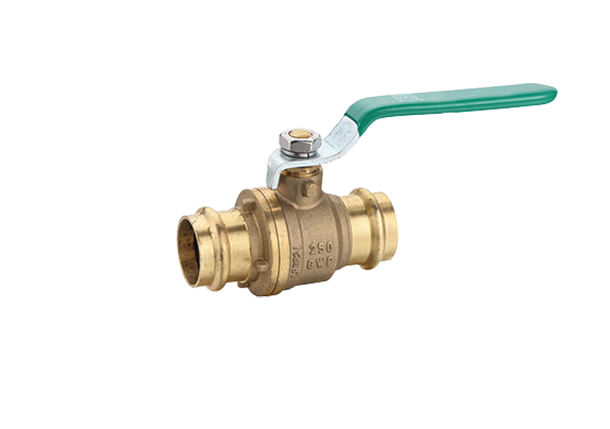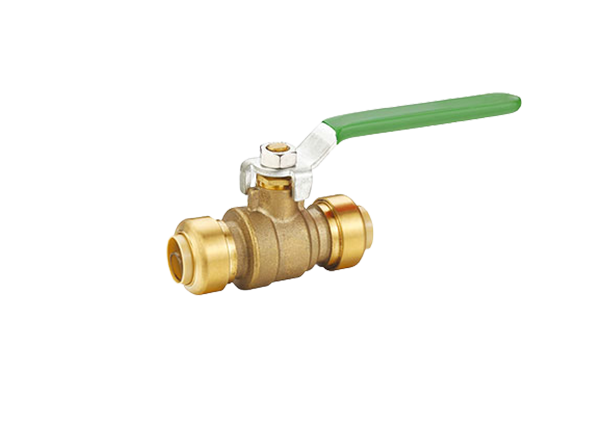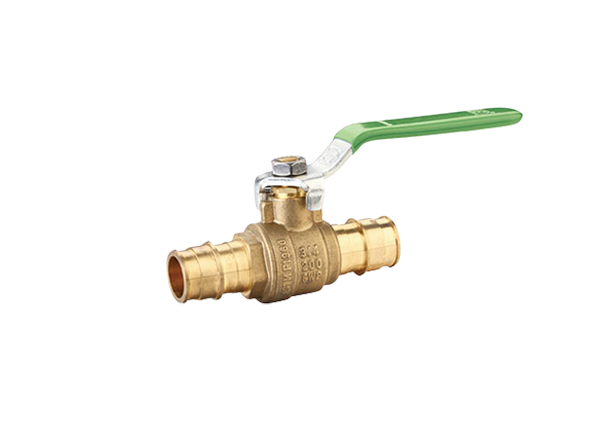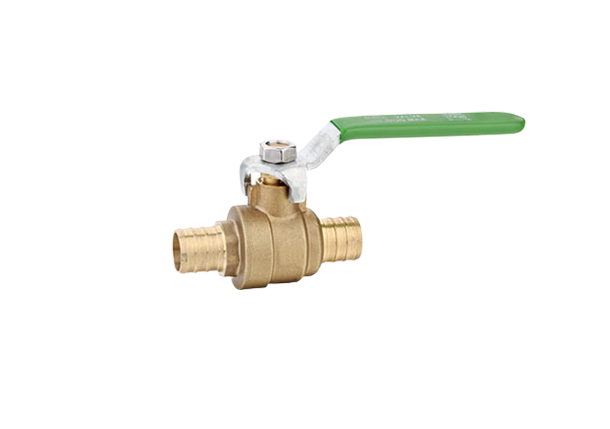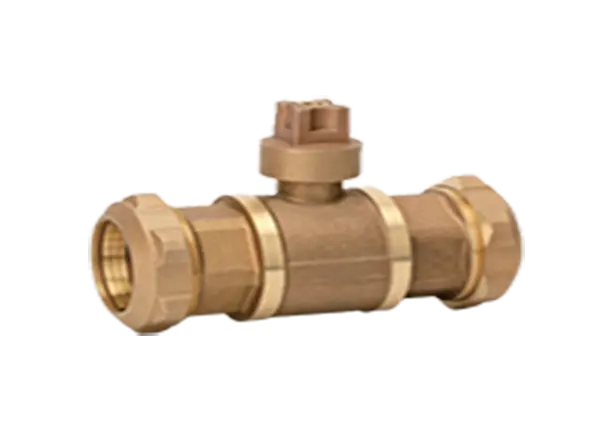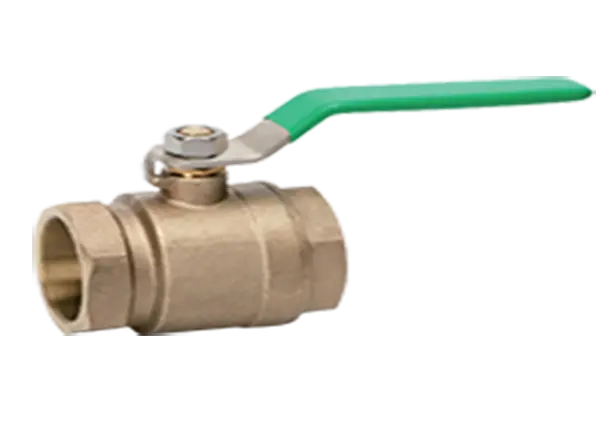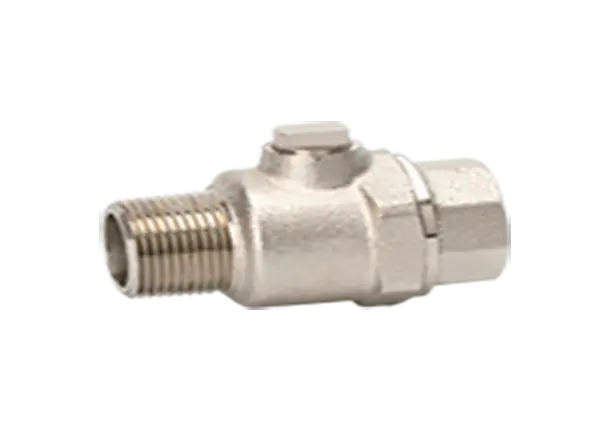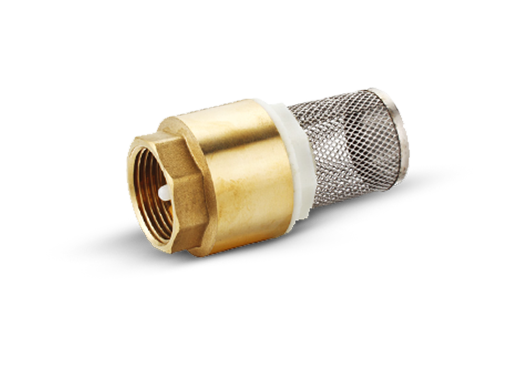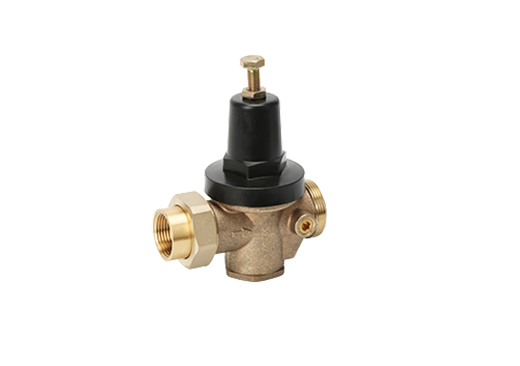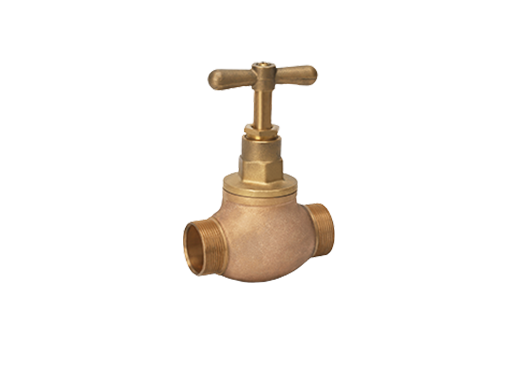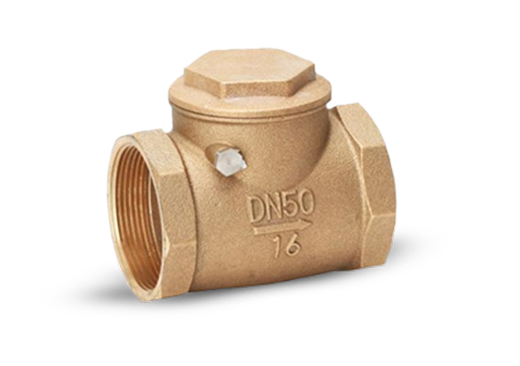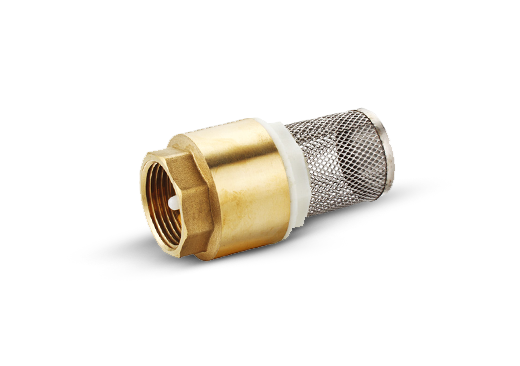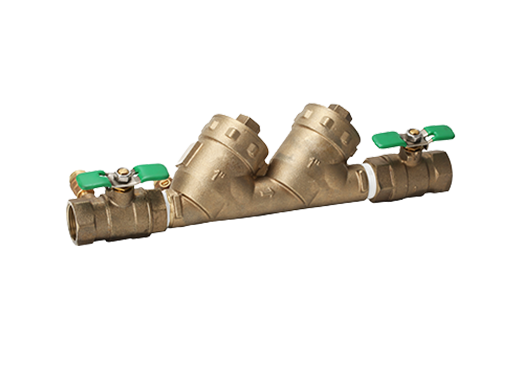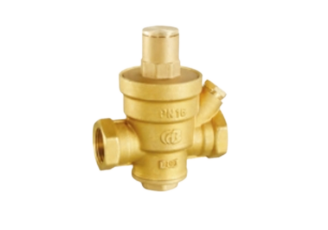Our Strengths in Ball Valve Ball Manufacturers
We have manufactured many bronze valves, like bronze ball valve, gate valve, global valve, check valve, backflow preventer for many companies from home and abroad. Our customers are from north America, south America, west Urope and including China and some parts from south Asia. Our customers offer design drawings, weight, thread and material and we produce valve for them with their brand and logo. Every year, we have a large number of orders for OEM valve producing.

In OEM brass valve domain, we are very very professional with more than 20 years manufacturing experience. We own the top leadship, the best design team, the youngest sales team, a large number of highly skilled workers as well as the lowest price. So it's a wise decision to choose us and cooperate with us.

Different Types of Ball Valves
Ball valves are an essential component of plumbing and industrial systems, used to control the flow of liquids or gases through pipes. They come in different materials, each with its unique characteristics and benefits. Carbo produces high-quality OEM valves for different needs. Please contact us if you are interested.
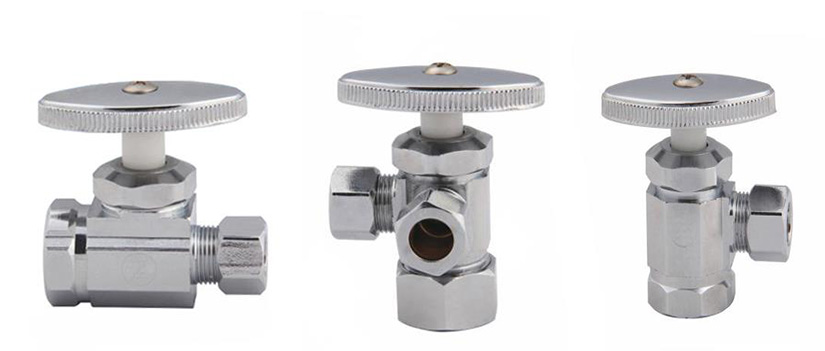
Bronze ball valve is a popular choice for seawater applications due to their resistance to corrosion. They are made from a combination of copper, tin, and other elements, which gives them their excellent resistance to corrosion. Bronze ball valves also offer excellent durability and strength, making them ideal for use in high-pressure environments. They are commonly used in marine applications, such as on ships, as well as in other industrial applications where seawater is present.
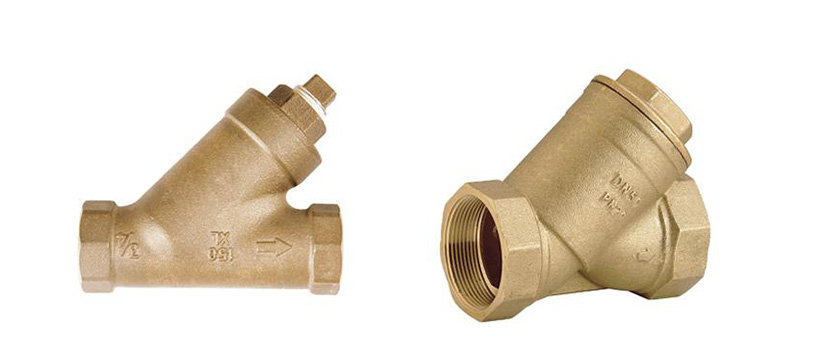
Copper ball valves are known for their excellent thermal conductivity and resistance to high temperatures, making them ideal for use in heating and cooling systems. Copper is an excellent conductor of heat, which allows these ball valves to transfer heat quickly and efficiently. Copper ball valves are also resistant to corrosion, making them an excellent choice for use in harsh environments. They are commonly used in residential and commercial heating and cooling systems, as well as in industrial applications that require precise temperature control.
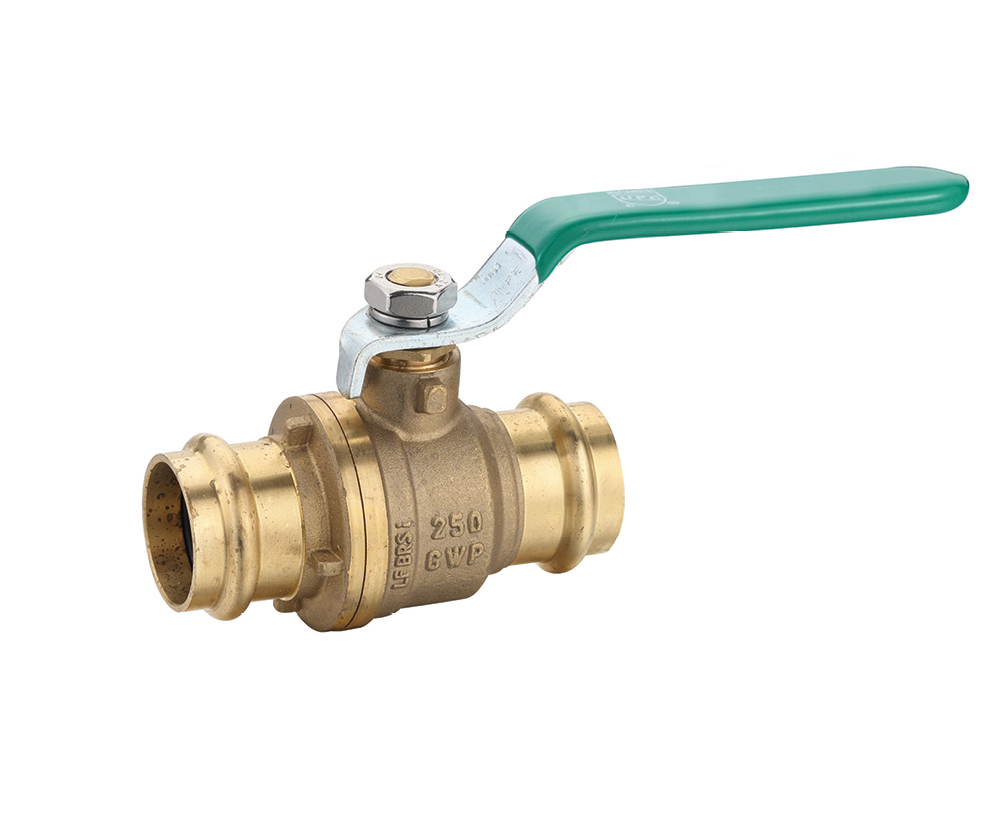
Brass ball valves are the most commonly used type of ball valve, and for good reason. They are known for their durability, resistance to corrosion, and low cost, making them an ideal choice for a wide range of applications. Brass ball valves are made from a combination of copper and zinc, which gives them their excellent mechanical properties. They are also resistant to wear and tear, making them ideal for use in high-pressure environments. Brass ball valves such as brass ball valves for water are commonly used in plumbing, heating, and cooling systems, as well as in the transportation of gases and liquids in industrial settings.
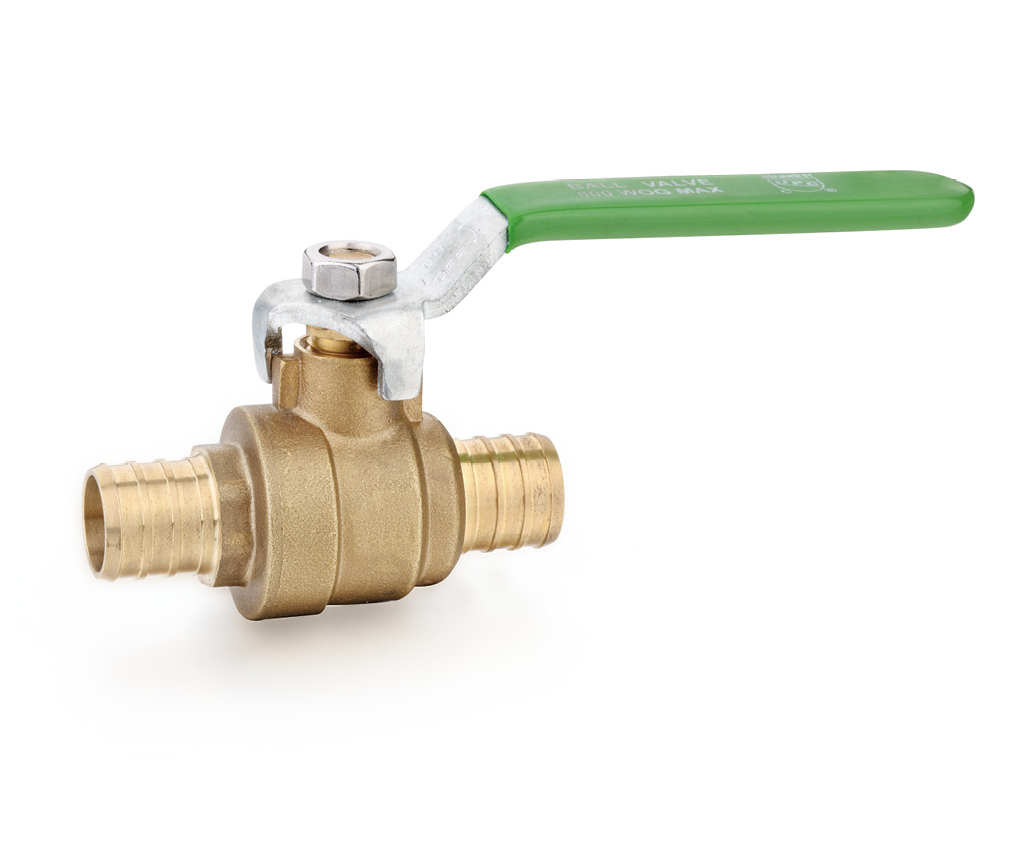
Each type of ball valve material has its unique characteristics and benefits. Brass ball valves are durable, resistant to corrosion, and low cost. Copper ball valves are excellent at transferring heat and resistant to high temperatures. Bronze ball valves are resistant to corrosion and offer excellent durability and strength. The selection of the right material will depend on the specific needs of the system, including the type of liquid or gas being transported, the temperature and pressure of the system, and the environment in which the valve will be used.
Custom Size Ball Valves for Sale
Custom size ball valves are a popular choice for those who require specific dimensions to fit their unique applications. These ball valves can be customized to meet specific size requirements, including 1 inch and 2 inch options. The ability to customize the size of a ball valve ensures that it will fit seamlessly into any system, providing reliable and efficient control of fluid or gas flow.
The 1 inch custom size ball valve such as 1 inch bronze ball valve is a common option for small to medium-sized systems. It is typically used in residential and commercial plumbing systems, as well as in industrial applications that require precise control of fluid flow. The 1 inch ball valve is an ideal choice for systems that require a higher flow rate than can be achieved with smaller valves, but do not require the capacity of larger valves.

The 2 inch custom size ball valve such as 2 inch bronze ball valve is a larger option, typically used in larger plumbing systems and industrial applications that require high flow rates and high-pressure environments. The 2 inch ball valve is an ideal choice for systems that require a higher capacity than can be achieved with smaller valves, but do not require the capacity of larger valves. This size is often used in applications such as irrigation systems, water treatment plants, and large-scale industrial systems.

When selecting a custom-size ball valve from a bronze valve supplier, it is important to consider several factors. The size of the valve should be determined based on the specific needs of the system, including the flow rate, pressure, and temperature of the fluid or gas being transported. The materials used in the construction of the valve should also be considered, as different materials offer different levels of durability, corrosion resistance, and chemical compatibility.
In addition to the size of the ball valve, other customization options may be available, including the type of actuator used to control the valve, the material used for the ball and seats, and the type of end connections used to connect the valve to the piping system. Custom-size ball valves offer a versatile and reliable solution for a wide range of applications, ensuring that the valve will fit seamlessly into any system and provide efficient and precise control of fluid or gas flow.
Ball Valves VS Gate Valves
Ball valves and gate valves are both used to control the flow of fluids in piping systems, but they differ in their design and operation. Here are some key differences between ball valves and gate valves:
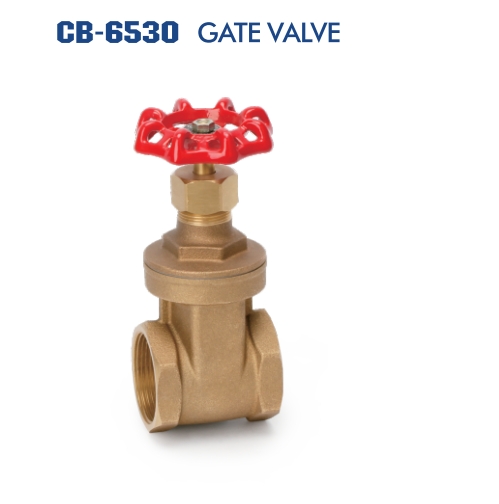
Design: Ball valves have a spherical ball-shaped disc inside that rotates to control the flow of fluid through the valve. The ball has a hole through the center, which allows fluid to flow through when aligned with the piping. Gate valves, on the other hand, have a flat or wedge-shaped disc that moves up and down perpendicular to the piping to control the flow of fluid.
Operation: Ball valves are operated by turning a lever or handle, which rotates the ball inside the valve to open or close the flow of fluid. Gate valves are operated by turning a handwheel or gear, which raises or lowers the disc inside the valve to open or close the flow of fluid.
Flow control: Ball valves are known for their excellent flow control capabilities, as the ball inside the valve provides a smooth and unrestricted flow path for the fluid. Gate valves, on the other hand, can cause turbulence and pressure drops in the fluid due to the disc obstructing the flow path.
Maintenance: Ball valves are generally easier to maintain than gate valves, as they have fewer parts and are less prone to leaks. Gate valves have a higher risk of leaks due to the design of the disc and the packing around it, which can wear down over time and require replacement.
Applications: Ball valves are commonly used in applications where precise flow control is required, such as in the chemical, pharmaceutical, and food industries. Gate valves are often used in applications where a tight shut-off is required, such as in the oil and gas industry.
In summary, both bronze ball valves and bronze gate valve have their advantages and disadvantages depending on the specific needs of the system. Ball valves offer excellent flow control and are easy to maintain, while gate valves provide a tight shut-off and are commonly used in the oil and gas industry. The choice between the two will depend on factors such as the type of fluid being transported, the required flow rate, and the specific needs of the application.
Ball Valves VS Globe Valves
Ball valves and globe valves are two common types of valves used to control fluid flow in a wide range of piping systems. While they are both designed to perform the same basic function, there are several key differences between these two valve types that make them better suited for different applications.

One of the primary differences between ball valves and bronze globe valve is their design. Ball valves consist of a spherical ball-shaped disc inside the valve body that can be rotated to regulate fluid flow. Globe valves, on the other hand, feature a disk-shaped plug that moves up and down within the valve body to control the flow of fluid.
Another important factor to consider when comparing ball valves to globe valves is the way they are operated. Ball valves typically have a lever or handle that can be turned to rotate the ball and adjust the flow of fluid. Globe valves, by contrast, are typically operated using a handwheel that raises or lowers the plug inside the valve body.
One of the most significant advantages of ball valves is their excellent flow control capabilities. The spherical shape of the ball inside the valve provides a smooth, unrestricted flow path for the fluid, making them ideal for applications where precise flow control is essential. Globe valves, however, are better suited for applications that require precise control over fluid flow, as they can be used to regulate the flow with a high degree of accuracy.
Another important factor to consider when choosing between ball valves and globe valves is the pressure drop across the valve. Ball valves typically have a lower pressure drop than globe valves, which can be beneficial in situations where maintaining a high fluid flow rate is critical. However, globe valves may be more appropriate for applications where pressure control is a top priority.

Ultimately, the choice between ball valves and globe valves will depend on the specific requirements of the application. Factors such as the type of fluid being transported, the required flow rate, and the level of flow control needed will all play a role in determining which type of valve is best suited for the job. By understanding the key differences between ball valves and globe valves, engineers and operators can make informed decisions about which type of valve is the most appropriate for their needs.
Ball Valve Working Principle
Ball valves are a type of valve used to regulate fluid flow in piping systems. They consist of a spherical ball-shaped disc inside the valve body, which can be rotated to open or close the flow of fluid. The working principle of ball valves is relatively simple and consists of the following steps:
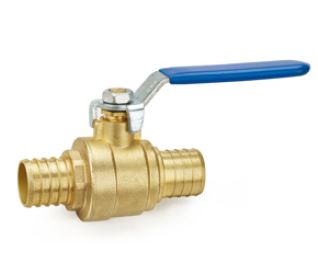
The ball inside the valve is typically made of metal or other durable materials and is hollow, with a hole through the center. When the valve is open, the hole in the ball aligns with the flow path of the fluid, allowing it to flow through the valve.
When the valve is closed, the ball is rotated so that the hole in the ball is perpendicular to the flow path of the fluid, blocking the flow and preventing it from passing through the valve.
The ball is typically held in place by a stem that runs through the center of the valve body and connects to the lever or handles used to operate the valve. When the handle is turned, the stem rotates the ball inside the valve body, controlling the flow of fluid.
Some ball valves are designed to be quarter-turn valves, meaning that they only require a 90-degree turn of the handle to open or close the valve fully. Others may require multiple turns of the handle to open or close the valve.
China bronze ball valve is known for their reliable performance and are often used in applications where quick and precise control of fluid flow is required. They are commonly used in the chemical, petrochemical, and oil and gas industries, as well as in plumbing and HVAC systems.
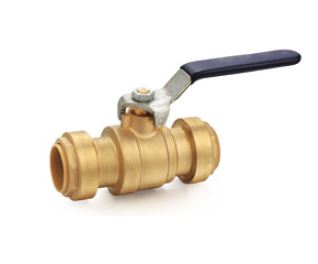
In summary, the working principle of ball valves involves rotating a spherical ball inside the valve body to control the flow of fluid through the valve. By rotating the ball, the hole in the ball can be aligned with or perpendicular to the flow path of the fluid, allowing the valve to be opened or closed as needed. Ball valves are known for their excellent performance and are a popular choice for a wide range of applications.
Different Carbo Valves For Sale

